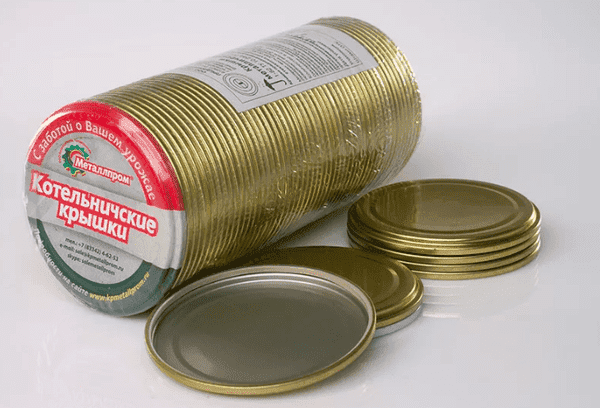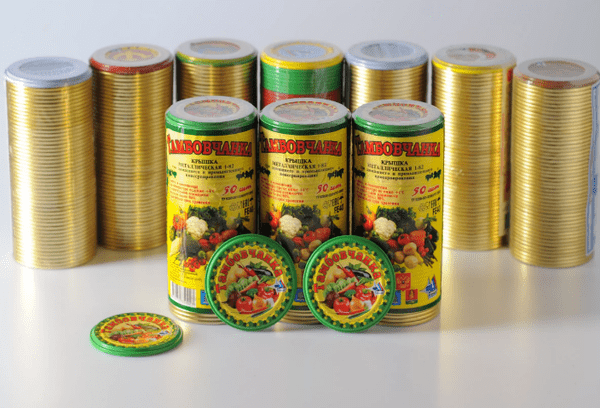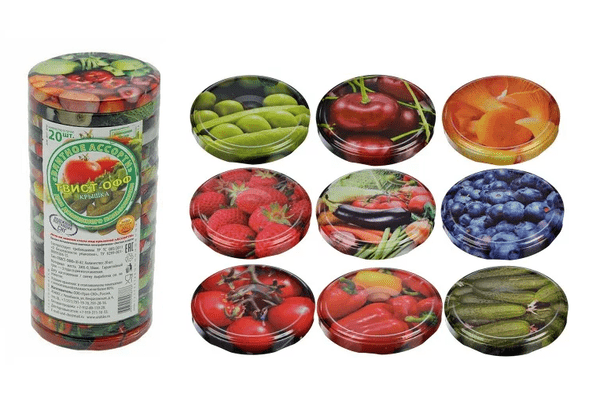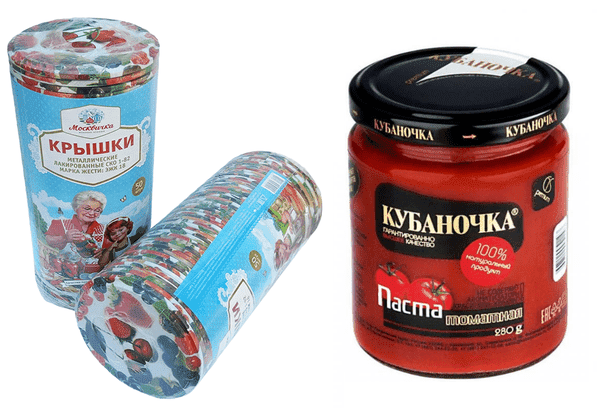What's wrong with tin lids for preservation and why twist-offs are the future
The hot season for conservation begins in mid-August. There is a lot to do: harvest, choose recipes... and, of course, stock up on lids. Experienced housewives try to choose the best lids. For canning, tin lids and screw twist-offs are mainly used. Both types have their own characteristics, advantages and disadvantages.
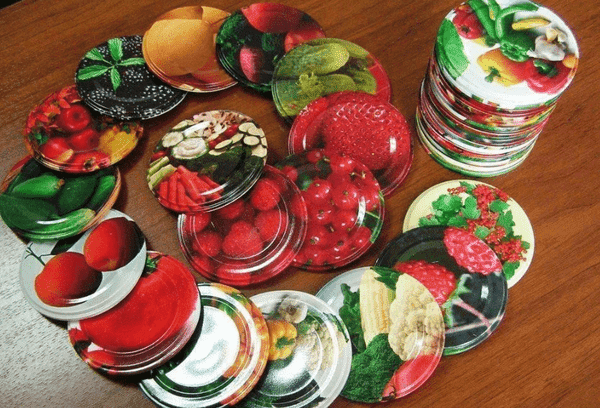
What's wrong with tin lids?
Tin lids are a classic. They have an O-ring (elastic band) and are secured to the can with a key. The key is placed on top of the closed jar. Then its handle is rolled in a circle. With each turn, the tin tightens its grip around the neck. From the word “roll” the name “rolling” appeared.
Pros:
- affordable price;
- fits classic banks;
- If properly sealed, food can be stored for a year or longer.
Minuses:
- disposable;
- do not last long, deteriorate (the elastic band dries out);
- a key is required for canning;
- technology must be followed;
- Some lids quickly rust, have a bad rubber band, spoil the taste of the food, and turn it black.
Tin lids are chosen very carefully, paying attention to the thickness of the tin, varnish treatment and the quality of the rubber. The elastic band should be elastic and of uniform thickness. During the corking process, it is important that it lies exactly on the neck of the jar and is tightly clamped with tin.
There is a caveat: unvarnished tin cannot be used for preserving acidic foods, as well as intensely colored vegetables and fruits.
It enters into a chemical reaction (oxidizes). As a result, the preservation becomes purple-black, with an unpleasant metallic taste. Housewives mainly use lacquered caps from proven brands: “Polinka”, “Assorted Zhurzha”, “Svetlana”.
Are twist-off lids the future?
Screw caps are the choice of modern housewives. They can significantly save time and effort spent on home canning of fruits. They don't need a key.
A twist-off screw cap is a 2-in-1 cap and screw. On the inside there are protrusions that cling to the thread of a special can. In addition, there is a rubber coating inside, which ensures the tightness of the preservation.
Pros:
- can be reused (3 or more times);
- no additional tool is needed for blocking;
- installed on the jar quickly and easily;
- durable;
- do not oxidize and do not spoil the taste of products;
- are stored for a long time.
Minuses:
- are more expensive (about 2.5 times);
- sometimes it is very difficult to open the canned food with your hands;
- marriage occurs;
- Only suitable for twist jars.
Housewives who use twist-off lids praise the manufacturer “Moskvichka”, as well as “Kubanochka”.
Conclusion
So, which lids are better, the good old tin ones, or the newfangled twist-off ones? A summary table of the features of both will help you draw a conclusion:
| Twist-off lid | Tin lid | |
| Reusable | Yes | No |
| Features of seaming | Twisted by hand | Need a key |
| Difficulty of application | Not difficult | Average |
| The need for sterilization | Yes | Yes |
| Opening a jar | By hand (may be difficult to unscrew) | Need a key |
| Effect on the taste of preservation | No | Possible metallic taste (unvarnished tin) |
| Shelf life | Is not limited | 1-3 years |
| average cost | 120 rubles for 50 pieces | 150 rubles for 20 pieces |
| Additionally | Only suitable for twist cans | Suitable for classic cans |
At first glance, the conclusion is obvious: twist-off lids are better than tin lids. They can be used year after year, rolling and opening jars without third-party tools.
But there is also another side to the coin. To switch to a twist, you will have to spend a considerable amount. You will need to buy more cans. With a large volume of conservation, this will cost a pretty penny. Usually housewives switch to them gradually.
Questions and answers
Is there an alternative to twist-off and tin lids?
Yes. There are two more types of lids for preservation: polyethylene thermo and vacuum. The first ones are heated to 70-80 degrees and quickly put on the neck of the jar. After 2-3 minutes, the polyethylene shrinks and a vacuum forms inside. The latter are considered the most modern option. Through a special hole on the lid, a pump pumps out all the air from the can. As a result, the products remain fresh and tasty for as long as possible. Vacuum lids can be used up to 300 times, and the preservation underneath never “explodes.”
How do they respond to twist-off lids?
Mostly positive. Many housewives write that using a twist for the first time was scary and unusual. Doubts arose about the tightness. But they were in vain. Preservation is stored even better than under classic lids, and closing the jars is many times easier. Of the minuses, only defects and poor quality are mentioned. Poor quality screw caps have ridges that are too short or soft.They do not adhere well to the threads on the can and quickly become unusable.
Quality, price, reliability - the 3 main criteria for choosing lids for preservation. Experienced housewives advise not to skimp on them. If the jar does not close tightly, germs will get inside and everything will be lost. As for the choice between tin and twist, the second option is more modern and easier to use. But it’s too early to write off the classics. If the manufacturer is good and the housewife’s key handling skills have been honed to the point of mastery, you can safely continue to roll up cans the old fashioned way.
